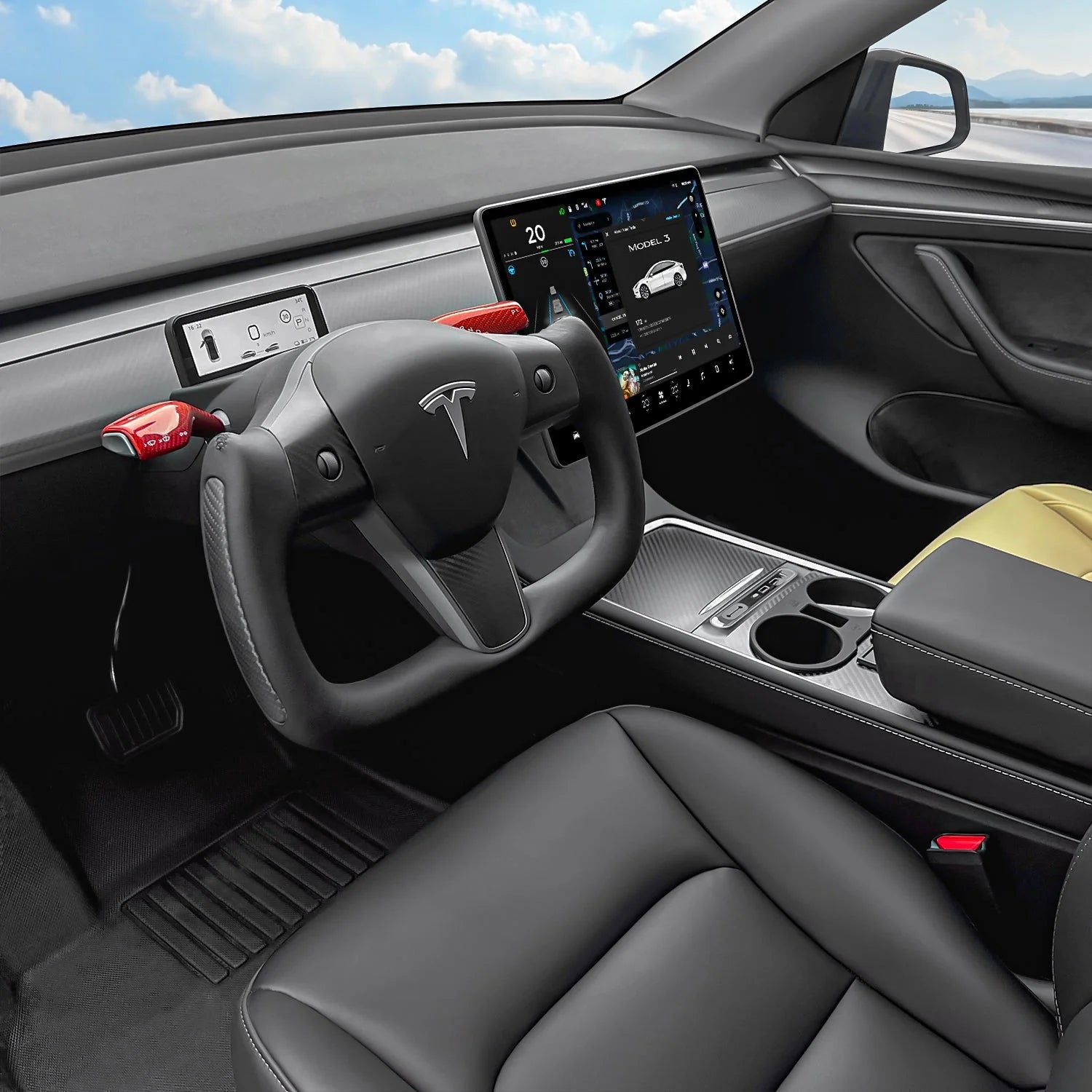Questions about electric car charging cabels
What are the different types of EV charging cables?
There are generally four classifications or types of Electric Vehicle Charging Cables, with minor differences: Mode 1 standard outlet, Mode 2 control box in cable, Mode 3 permits faster AC charging, and Mode 4 for DC fast charging.
How do I protect my ev charging cable from theft?
To protect an EV charging cable from theft, it's recommended to use locking mechanisms provided by the car manufacturer, secure the cable with a padlock, or charge in less visible areas.
How long are charging cables for electric cars?
Most EV charging cables come at a standard length of about 5 meters. This should be enough for most cases, but there are some more extended options for use with larger vehicles or from a farther power source. Our longest cables are 10m.
How to organize charging cables?
Organizing charging cables can be done using various methods such as cable ties, labels, and storage boxes to prevent tangling and ensure easy access. Our cables come in a complimentary storage case.
Do electric cars need jumper cables?
They do have a 12V auxiliary battery that can use a jump start under normal circumstances, but the high-voltage battery should never be jump-started.
What size is a cable for an electric car charger in the UK?
In Great Britain, the standard cable size is 6 mm² for electric vehicle supply equipment that supplies 32 A.
Do EV charging stations have cables?
Some EV charging stations have tethered cables, while others require drivers to bring their own. This is when purchasing an EV cable comes in handy.
Can you join two EV charging cables together?
No, this is absolutely forbidden.
What is the best EV charging cable for home charging?
The best home charging cable for EVs depends on one's needs. But if I have to pick, a few of the favorites would have to be the EVniculus 22 kW Type 2 to Type 2 Charging Cable for both features and reliability.

